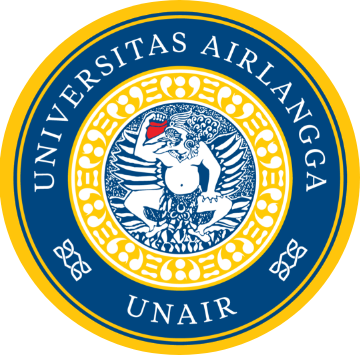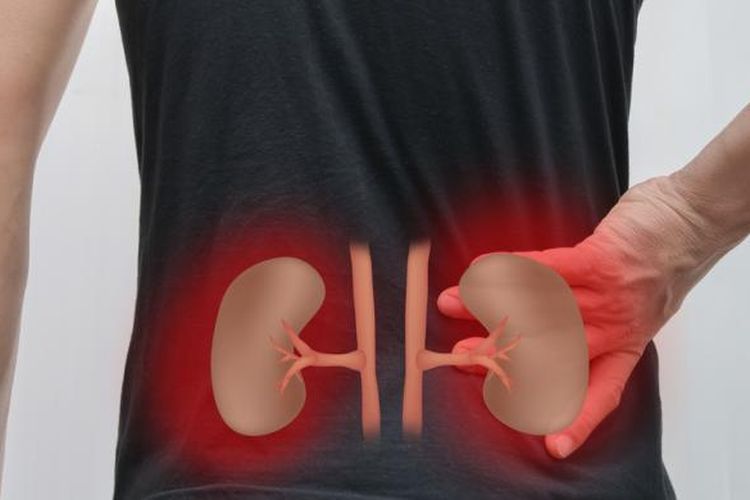Membrane technology is growing rapidly. At the beginning of the use of this technology, membranes were widely applied to support the development of science and technology in theoretical physics and chemistry, rather than for commercial use. In theoretical physics and chemistry, rather than for commercial use. Due to various technological benefits, researchers began developing membrane applications for human survival. One of the applications is for kidney disease treatment, namely hemodialysis (HD) through a principle of dialysis, whereby the membrane acts as an artificial kidney. Hemodialysis is not intended to heal the patient but to prolong the life of the patient in acute and chronic conditions. Acute kidney injury (AKI) and acute-on-chronic kidney failure (ACKF) are conditions when the patients experience a sudden negative change in blood quality caused by the accumulation of toxins.
There are two dialysis treatments for AKI patients, namely intermittent hemodialysis (IHD) and continuous renal replacement therapy (CRRT). The main focus of the dialysis treatments in AKI is to remove excess water and waste. IHD is used for a short period (3–4 h), while CRRT is conducted continuously (24 h) for several days. CRRT is applicable for critically ill patients having different catabolic states, systemic inflammatory syndromes with or without sepsis, and other organ failures. CRRT does not cause abrupt variations in fluid removal or osmolality, ensuring good clearance of solute and better hemodynamic tolerance due to the slower liquid flow rate.
A kidney is a vital organ to clean the body fluid from acidic, organic, and metabolic wastes through a series of urine production stages that cover water and toxin clearance. Kidney failure is one of the significant health problems of the world population suffering from the disease. It refers to the incapability of kidneys to perform their essential tasks: eliminating waste products from body metabolisms (i.e., urea, creatinine, and excess water) and injury that causes sepsis or systemic inflammatory response syndrome. AKI is a sudden reduction of kidney function within 48 h, indicated by the increasing concentration of creatinine in serum of equal to or more than 0.3 mg/dL, The increasing percentage of creatinine of equal to or more than 50%, or the reduction of excreted urine of less than 0.5 mL/kg per hour for more than 6 h. AKI can be detected by symptoms like pallor, leukonychia, pulmonary edema, raised blood pressure, peripheral edema, pleural effusion, tiredness, loin pain, anorexia, itching, nausea, vomiting, and hematuria. Hence, a patient with AKI is required to receive immediate treatment from the doctor to keep him alive. Hemofiltration (HF), hemodialysis (HD), and hemodiafiltration (HDF) are among the treatment options for chronic kidney failure conditions like AKI and ACKF. The selection of dialysis membrane is very important to achieve adequate treatment. The patients have to be assessed in terms of their quality of blood and the amount of uremic toxins present prior to HD. Failure to choose the suitable dialysis membrane may cause an adverse effect and worsen the patient’s condition.
Improper selection of dialysis membrane and the modes of dialysis would result in inadequate blood purification treatment, which will be very detrimental to AKI patients and can lead to death. The top priority of choosing a dialysis membrane should be based on its capacity to remove targeted groups of molecules according to the individual clinical profile rather than the treatment cost, to conduct an efficient blood purification process. A low flux membrane, for instance, is sufficient to remove small water-soluble molecules over a long period for hemodynamically unstable septic patients. In high concentrations of intermediate molecules in the blood, a high flux membrane is required. High flux membranes are more flexible as they can be used in HD, HF, and HDF modes.
On the other hand, adsorptive membranes have developed to improve the removal of protein-bound uremic toxins and other molecules, including cytokines and endotoxins, through diffusion and adsorption. As an alternative, hemoperfusion treatment using a sorbent cartridge is performed to eliminate these recalcitrant molecules due to its higher efficiency compared to HD using an adsorptive membrane. The removal of cytokines and endotoxins from blood, either by adsorptive membrane or adsorbent, is very beneficial in improving the clinical outcomes of septic patients with AKI. In some cases, the integration of hemoperfusion and HD is made to systematically remove all types of uremic toxins at once.
Author: Yanuardi Raharjo, Ph.D.
Details of the research can be viewed here:
https://www.mdpi.com/2077-0375/12/3/325
Yanuardi Raharjo, Muhammad Nidzhom Zainol Abidin, Ahmad Fauzi Ismail, Mochamad Zakki Fahmi, Saiful, Muthia Elma, Djoko Santoso, Hamizah Haula’ dan Ahlan Riwahyu Habibi
Dialysis Membrane for Acute Kidney Injury, Membranes 2022, 12(3), 325.









